detail profile soichi ito

Soichi Ito
伊藤惣一
atau dikenal sebagai
Info Pribadi
Peran Yang Di Mainkan Soichi Ito
 38 years after the Pacific War 84 victims...
38 years after the Pacific War 84 victims...Yuntanza Okinawa 1987
38 years after the Pacific War, 84 victims of a mass suicide ordered by the Japanese military were uncovered in a cave in Yomitan village. This film contains the testimonies of some of the survivors, the story of a sculptor leading bereaved family members in creating a statue of peace, and the resistance of a group of girls against the raising of the Japanese flag at the high school graduation ceremony.
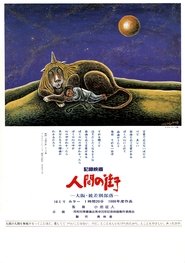 Interviews with Burakumin in Osaka victims...
Interviews with Burakumin in Osaka victims...Ningen no machi 1986
Interviews with Burakumin in Osaka, victims of discrimination
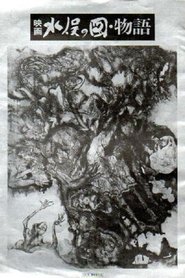 After a handful of groundbreaking films...
After a handful of groundbreaking films...The Minamata Mural 1981
After a handful of groundbreaking films detailing the tragedy and suffering of the mercury-poisoned Japanese town of Minamata, documentary master Noriaki Tsuchimoto revisits the subject of Minamata through the eyes of the celebrated husband-and-wife painting duo Iri and Toshi Maruki. Tsuchimoto follows the Marukis from their quaint homestead studio, where they paint slews of ghastly, psychotropic mural panels depicting the effects of Minamata disease, to the streets of Minamata, where they meet and paint portraits of several victims of mercury poisoning.
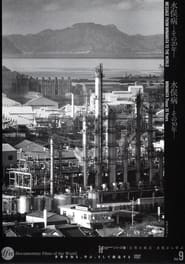 An update to the story of...
An update to the story of...Message from Minamata to the World 1976
An update to the story of Minamata disease, going up to 1976
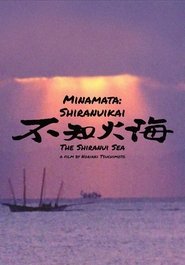 The sea around Minamata was heavily...
The sea around Minamata was heavily...The Shiranui Sea 1975
The sea around Minamata was heavily polluted with mercury during the 1950s and 1960s from the Chisso Corporation's chemical factory. This highly toxic chemical bioaccumulated in shellfish and fish in the Yatsushiro Sea which, when eaten by the local populace, gave rise to Minamata disease. The disease was responsible for the deaths and disabling of thousands of residents, all around the Yatsushiro Sea. The marine ecosystem was also extensively damaged.
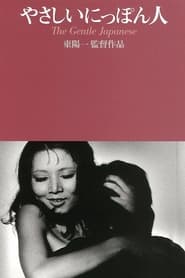 A survivor of the tragic mass...
A survivor of the tragic mass...